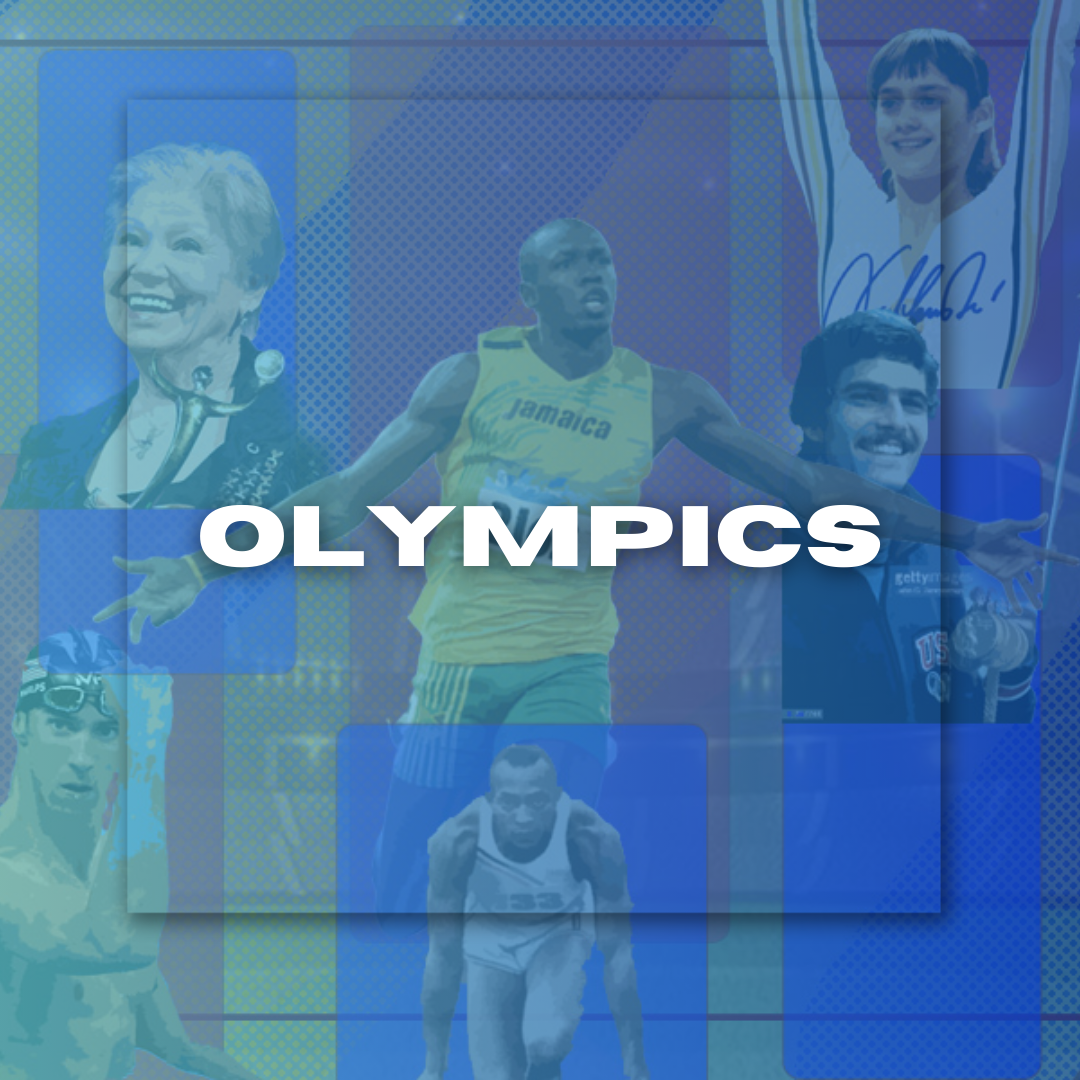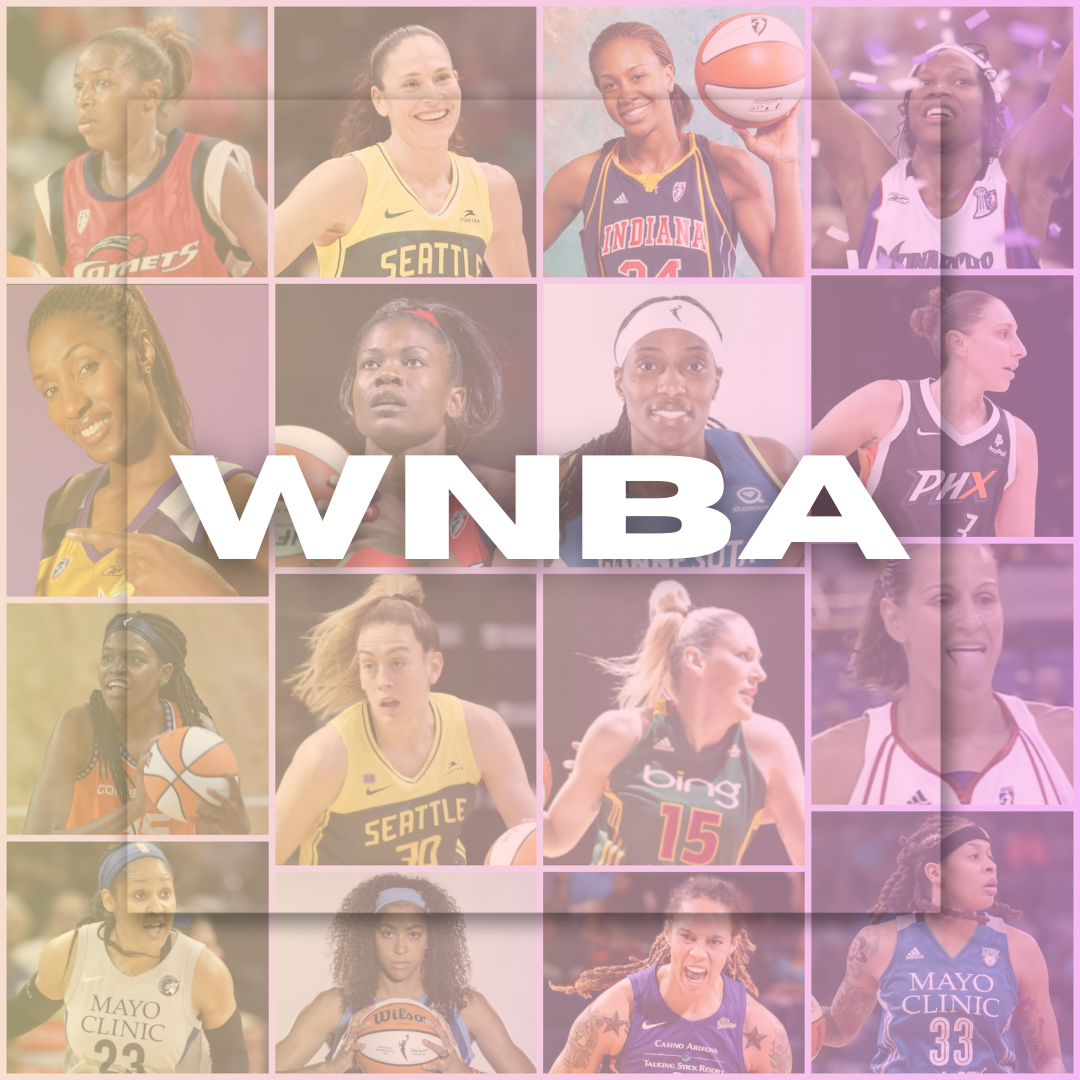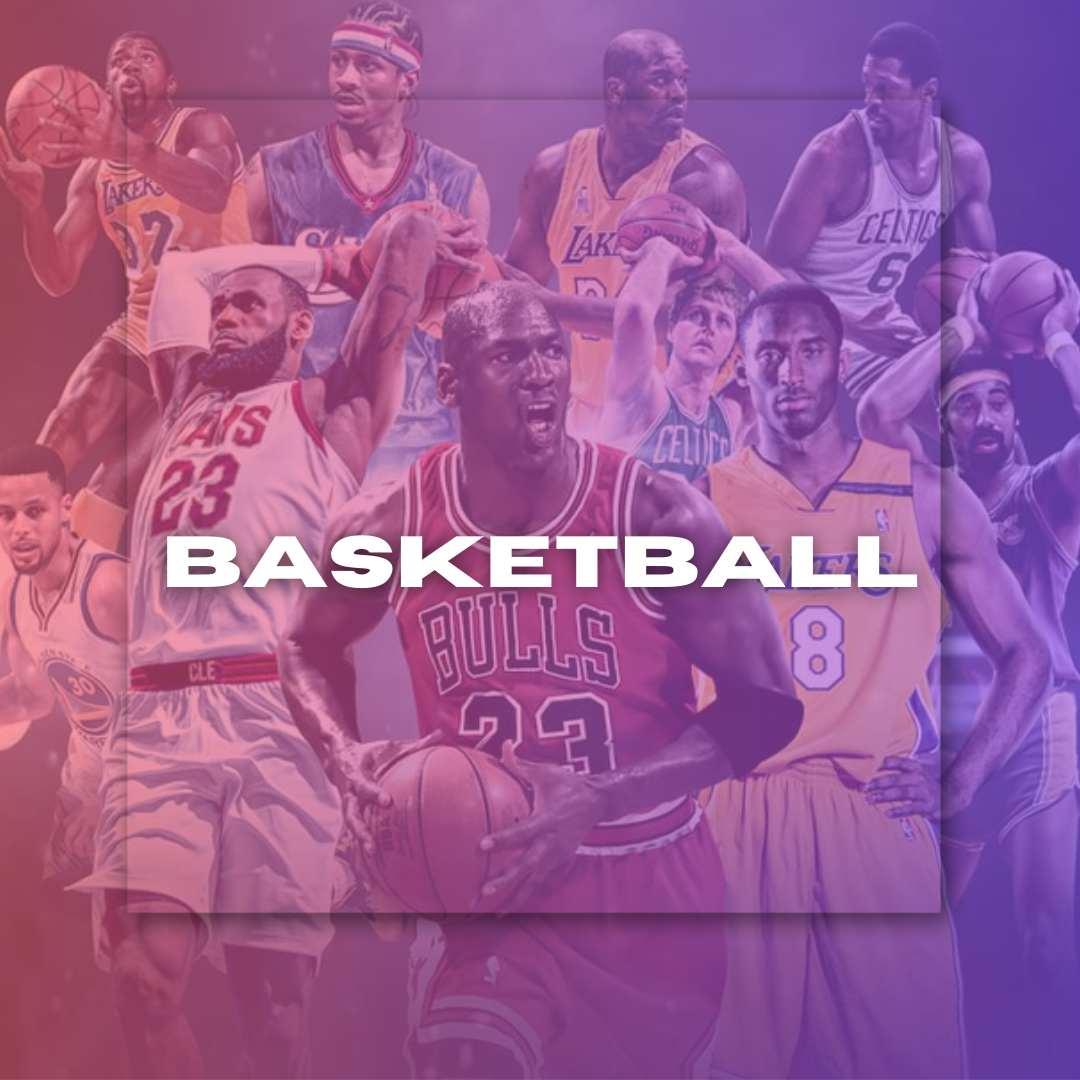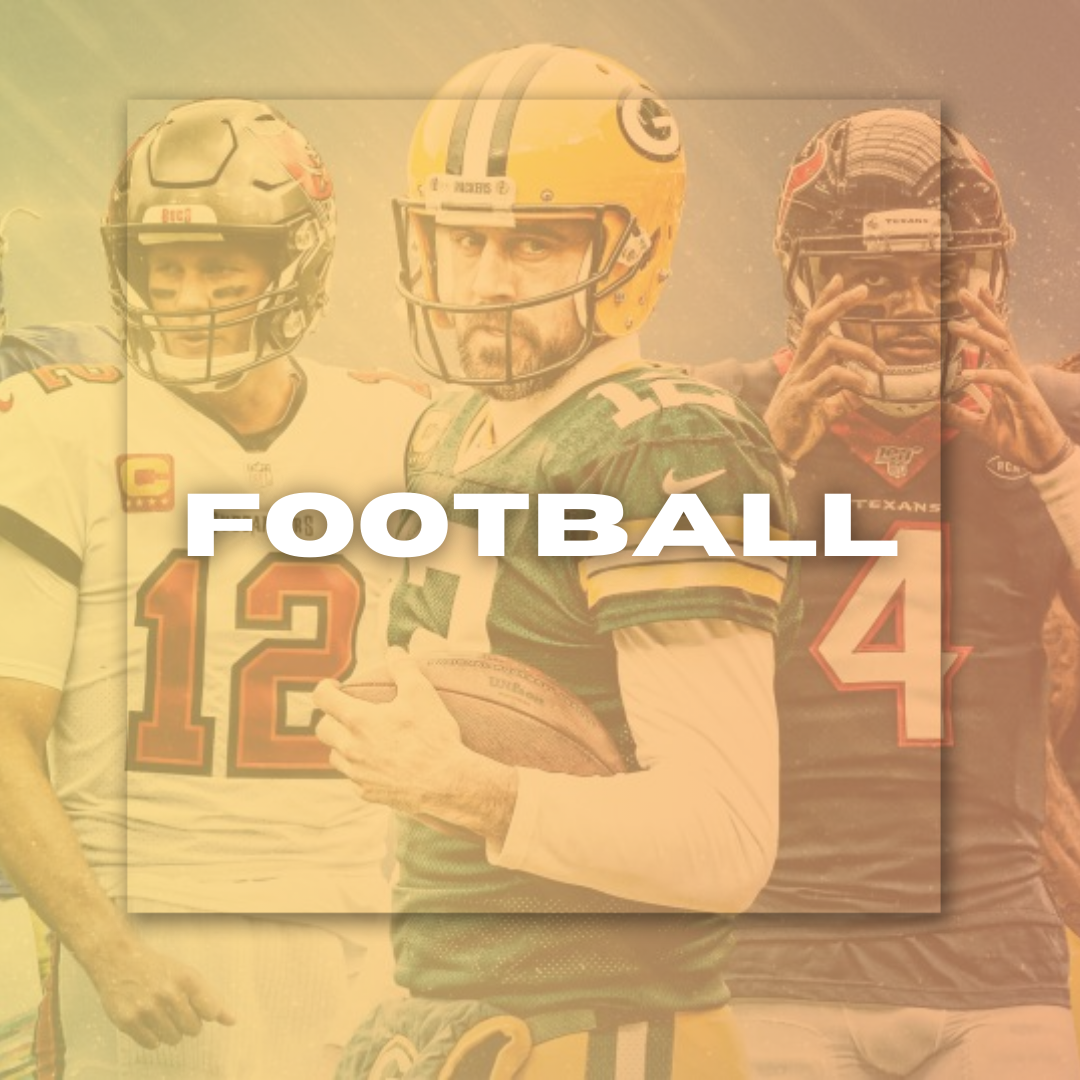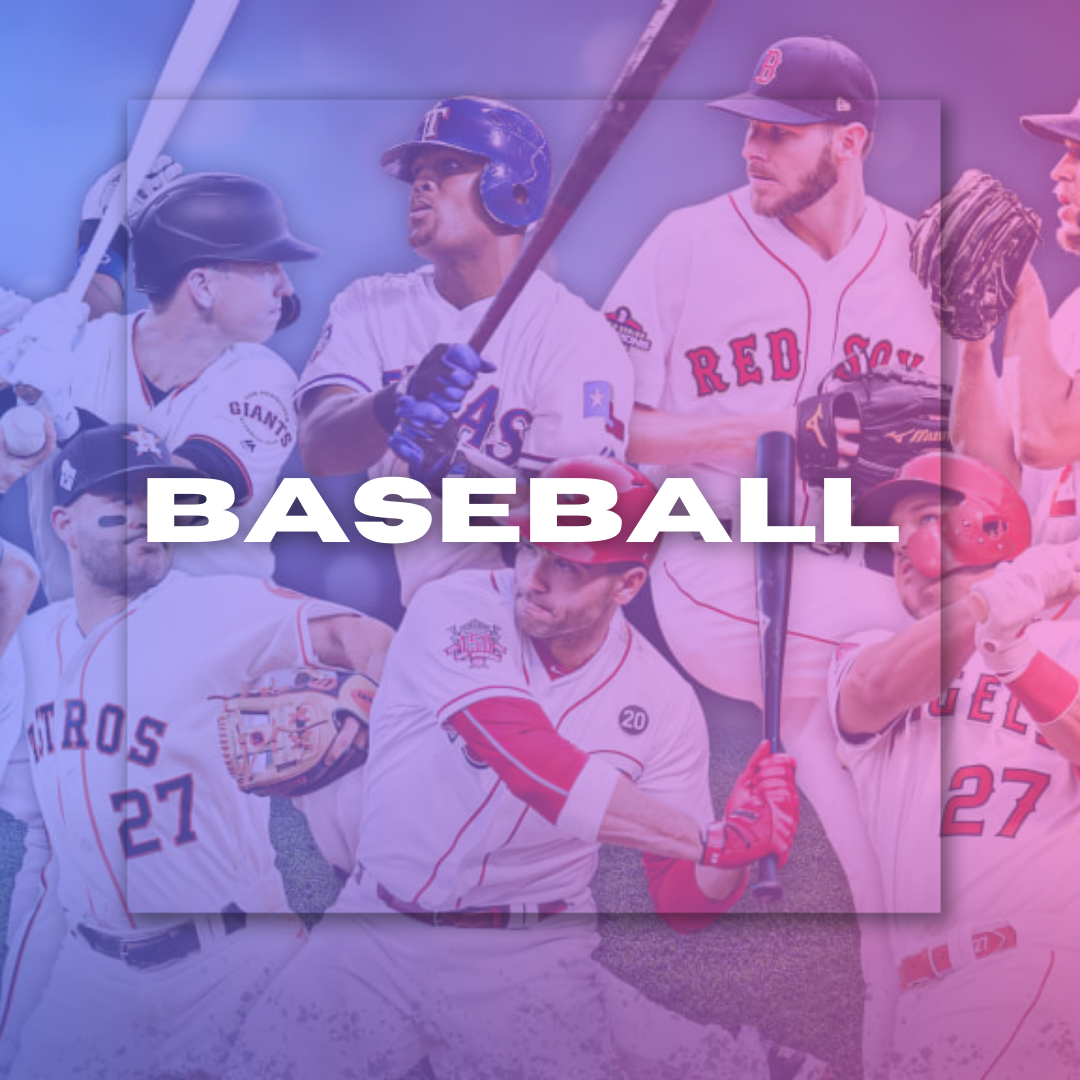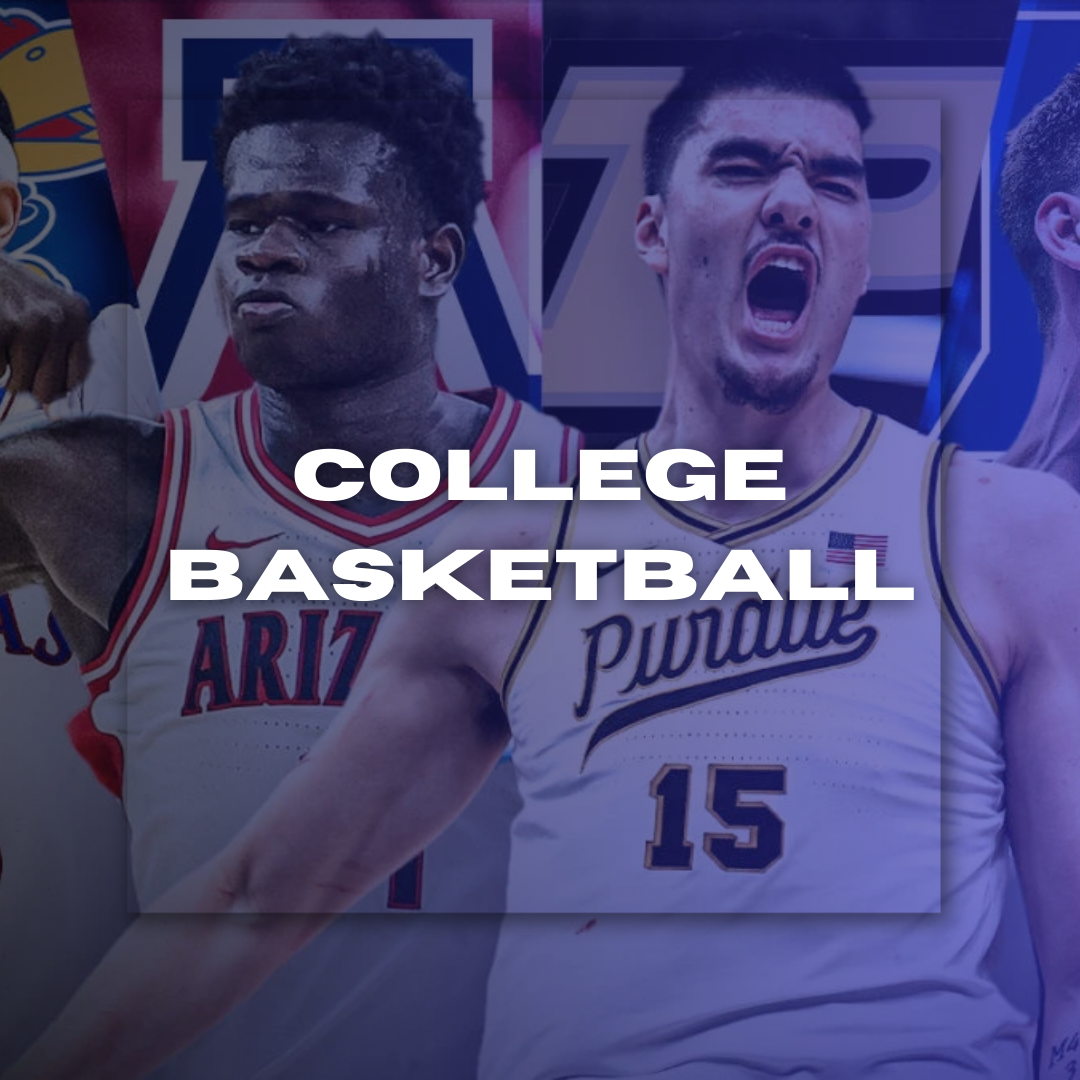
The NFL as E-Commerce Catalyst: Examining an Unexpected Digital Economy Driver
The NFL as E-Commerce Catalyst: Examining an Unexpected Digital Economy Driver
By Jason Bolton March 27, 2025 09:44 GMT+4 min read
The Intersection of Athletics and Digital Commerce
The National Football League's sphere of influence extends well beyond the confines of athletic competition into economic domains seemingly disconnected from sporting events. This relationship between professional football and digital commerce reveals a fascinating paradigm wherein entertainment properties function as technological accelerants, driving commercial infrastructure development across economic sectors that appear unrelated at first glance.
The NFL's e-commerce impact manifests through multiple distinct vectors — merchandise distribution, media consumption patterns, seasonal purchasing rhythms, technology partnerships, advertising innovation, and development of the online betting industry. Each represents a different mechanism through which the cultural phenomenon of football fandom transmutes into digital commercial activity, creating ripple effects throughout the broader e-commerce ecosystem, where there is an increasing number of NFL-related digital sources that spread across the Internet in order to contribute to both the e-commerce sector and the sports betting realm. Equal Odds guide, which is a source for understanding the basics of betting, thus, is one of many examples of how even information in the form of tutorials greatly contributes to the bigger e-commerce ecosystem.
Merchandise Distribution and Direct-to-Consumer Evolution
The league's approach to merchandise distribution has undergone substantial reconfiguration over recent decades, transitioning from wholesale-dominant models toward increasingly sophisticated direct-to-consumer architectures. This evolution parallels broader e-commerce trends but occurs at scales that generate distinctive developmental pressures on fulfillment systems and digital infrastructure.
Football merchandise experiences pronounced seasonal volatility, creating what amounts to natural experiments in scalable e-commerce infrastructure. The fulfillment systems developed specifically to manage NFL demand fluctuations have subsequently propagated throughout the digital retail ecosystem, benefiting smaller commercial operations that could never independently fund such infrastructure development.
Media Consumption Patterns and Multi-Screen Commerce
The fantasy football phenomenon represents a particularly intriguing commerce catalyst that warrants careful consideration. This parallel engagement system effectively functions as a training mechanism in data-informed decision-making, real-time information processing, and digital transaction comfort — cognitive skills and behavioral patterns that transfer directly to e-commerce participation. Fantasy participants consistently demonstrate elevated comfort with digital purchasing across categories compared to demographic peers without such engagement.
Seasonal Rhythms and Commercial Acceleration
This calendrical influence extends to promotional cadence and consumer expectation formation. The league establishes a rhythm of weekly engagement points around which promotional activities naturally orient — a pattern increasingly adopted by non-sports retailers. The seasonal approach to merchandise releases — preseason, in-season, playoff, and championship waves — has influenced promotional stratification across retail categories, establishing consumption rhythms beneficial to operations planning throughout e-commerce.
Technology Partnerships and Infrastructure Development
The NFL's approach to technology partnerships has created distinctive developmental pressures on e-commerce infrastructure. The league's substantial economic leverage allows it to demand bespoke solutions from technology providers—innovations that subsequently become available to broader commercial applications after initial deployment in football contexts.
Mobile commerce provides a compelling case study of this pattern. The NFL's early requirements for robust mobile capabilities drove development across major platforms. The league's insistence on seamless cross-device experiences accelerated payment systems, account synchronization capabilities, and responsive design approaches that subsequently benefited the entire e-commerce ecosystem.
Data management architectures represent another domain where NFL requirements have accelerated infrastructure development. Systems designed to handle massive concurrent traffic spikes during game periods created natural stress testing for database technologies that subsequently became available to broader e-commerce applications, improving reliability during demand fluctuations across the digital economy.
Advertising Innovation and Commercial Paradigms
Perhaps the NFL's most substantial e-commerce contribution involves advertising model innovation. The league has consistently advanced how commercial messages integrate with content— developments that subsequently reshape how products appear throughout the digital economy. The transition from interruptive commercial breaks toward integrated brand presence represents a transformation heavily influenced by football broadcasting requirements.
Future Research Directions and Evolving Relationships
The NFL's influence on e-commerce development represents an intriguing case study in how entertainment properties can drive seemingly unrelated economic domains. While the precise causal mechanisms remain incompletely documented, the patterns of innovation transfer suggest football's commercial impact extends far beyond the immediately apparent merchandise sales into the fundamental infrastructure and behaviors that define contemporary digital commerce.





















































